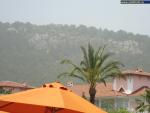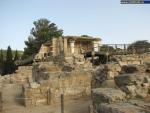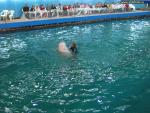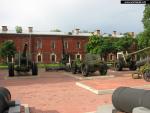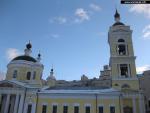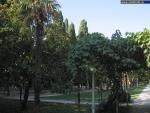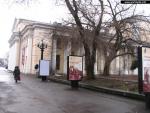|
||||||||
|
|
Сайт и доменное имя продается. С предложениями по цене пишите на почту top@ottocom.ru |
Church of Our Lady of Kazan, Valaam Monastery Town House (Saint Petersburg)1/29 Narvsky Avenue, Saint Petersburg (tel.: +7 812 252-77-00), Metro station: "Narvskaya". The acres at the intersection of Narvsky and Staro-Petergofsky Avenues, where the Valaam Town House is situated today, were owned by the Old Ladoga Dormition Convent in the early 20th century. The age of the Monastery and the Town House is reckoned from July 1905. In 1910, the main altar was consecrated in honour of the Our Lady of Kazan Icon. |
Image Gallery Image Preview (6) Church of Our Lady of Kazan, Valaam Monastery Town House
|

 en
en
